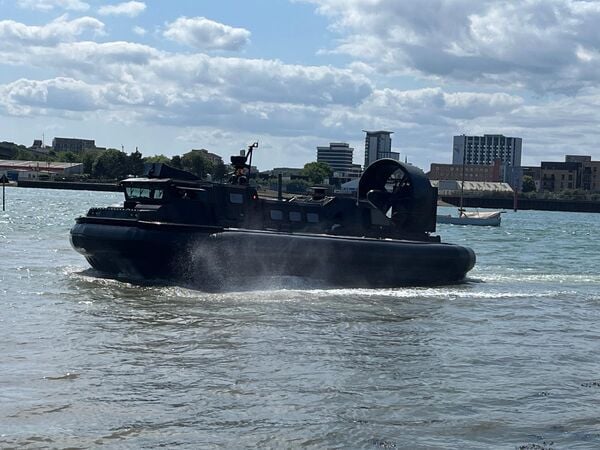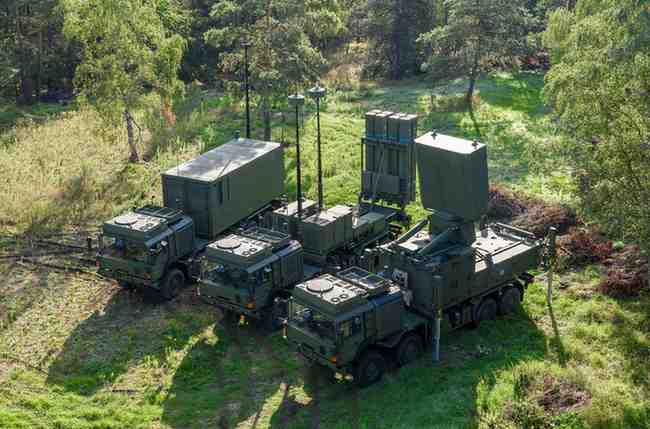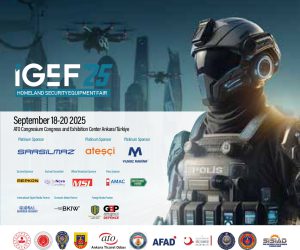Maritime Sector is the main artery of Pakistan’s economy as more than 90% of our trade is through the sea. We have huge maritime potential and our economic prowess is linked to the maritime sector. However, this realization is yet to permeate in our national reckoning and business processes. Being a major stakeholder, Pakistan Navy is shaping maritime thought across the country to create requisite awareness for exploitation of the untapped potential of our Blue Economy. In order to support the efforts for promoting Blue Economy, the Pakistan Navy under the patronage of the Ministry of Maritime Affairs (MoMA) is going to host a “Pakistan International Maritime Expo and Conference” (PIMEC) in tandem with Pakistan Navy’s AMAN series.
Blue Economy seeks to enhance economic growth, social inclusion, and embarks upon elevating living standards of people while ensuring sustainability. It comprises of oceanic industries of hydrocarbons extraction, sea bed mining, marine biotechnology, fisheries and marine tourism as well as emerging industries including off-shore renewable energy, shipbuilding and ship repairs and aquaculture. Coastal development, shipping, and port infrastructure also lies in the concept of Blue Economy. World economists have estimated an asset value of $24 trillion to the Blue Economy and as of now it’s delivering something between $500-600 billion each year in terms of the dividend to humanity. However, an important challenge of the Blue Economy is to comprehend and better manage the many aspects of oceanic sustainability, ranging from fisheries to ecosystem health to pollution.
Pakistan is blessed with over 1,000 Km long coastline and 290,000 sq. Km of Exclusive Economic Zone (EEZ) plus Continental Shelf which is larger than the combined area of Punjab and KPK. Pakistan’s maritime sector is financially and technologically intensive and requires substantial investment for building, operating and turning it into economically profitable. Its present-day maritime revenue projection stands at $183 million which is far behind our neighbors including India and Bangladesh, whose estimated projection stand at $5.6 and $6 Billion respectively. Pakistan’s coastal areas are rich in bio-productivity and bio-diversity as they provide huge breeding grounds for commercially important fisheries including carbs and shrimps with a potential resource worth of more than $2 billion annually. Almost 40,000 Pakistani citizens are directly or indirectly attached with fishing industry providing a huge workforce for exploitation of these resources. Despite vast fish export potential, Pakistan’s fishing sector only contributes 0.4% percent to country’s GDP. This again signifies how little we are growing despite having immense potential in this realm which in turn is hampering our growth prospects in the long run.
Furthermore, the shipbreaking industry of Pakistan namely Gadani used to be one of the largest shipbreaking industries in the world during the 1970s but now it is placed at number third after India and Bangladesh. If this industry is revived back and utilised to its full potential, it can have the capacity to contribute more than $10 million to GDP annually. Another most important industry which shows great promise is coastal tourism. The tourists around the world are being attracted towards beautiful places especially the sea coasts with vast biodiversity and attractive beaches. With regards to Pakistan, the coastal tourism only contributes around $0.3 billion despite having a $4 billion potential. Another indictment for Pakistan is our ranking on the “Travel and Tourism Competitiveness Report” published by the World Economic Forum, which places Pakistan at an abysmal 121st position out of 140 countries. It remains the least competitive country throughout South Asia in travel and tourism.
Moreover, the advent of CPEC has provided us the opportunity to jump start the maritime sector. The economics surrounding Gwadar port plays a significant role and it is extremely pertinent that we as a nation and policy makers pay special attention. Gwadar can play an instrumental role in transforming Pakistan’s economy via transshipment alone. In the annals of history, it has been realised that shipping is the cheapest mode of transport. Today 80% of the global merchandise in volume is been carried through sea, which amounts to around 10 billion tons. Pakistan in this realm can play a very major role which can help harness its broken economy. The encouraging aspect for Pakistan is the high Liner Shipping Connectivity Index (LSCI). The LSCI represents how good the connectivity is between ships and ports around the world. Pakistan stands at 34.06 points, which is a healthy number and is better than Bangladesh, though behind India which stands at around 54. China is leading the race with an index of 151.91. This is where Pakistan should reap benefits and develop its transshipment industry and expand its operations. Considering the additional distance ships have to travel to reach Gulf Countries from the Indian ocean, hence, Gwadar has the potential to be developed into a full-fledge regional hub and a trans-shipment port in the future. Shifting of ship traffic from Dubai to Gwadar could make it among the top-5 transshipment hubs globally. UAE handles over 21mn TEUs (20 ton equivalent units) each year. This signifies the opportunity that lies ahead for Gwadar. Being a tax free port coupled with no port congestion, after full development, Gwadar can leverage these points for profit.
Due to multifaceted reasons, the true potential of Blue Economy could not be fully exploited till to date. The major obstacles in development of country’s maritime sector are lack of maritime awareness and vision to look towards the seas. To augment this gap, Pakistan Navy is going to host PIMEC for the first time under the patronage of MoMA to bring together stakeholders and diverse Maritime industries on one platform to explore joint ventures and investment opportunities since large number of trade and industry visitors including those from abroad will be invited to the show. This event was contemplated while considering the general lack of awareness and no past precedent of conduct of such an event in Pakistan. In this regard, various international exhibitions were reviewed and accessed. Some of the major international events which were analysed include China Maritime Economy Expo, Myanmar Marine Expo, Asia Pacific Maritime (Singapore) and Euro Maritime Expo (France).
Initiating this step, the soft launch of the PIMEC series is going to be hosted in Islamabad on 26 July and the major event of PIMEC will be conducted regularly from the next year alongside Pakistan Navy’s multi-lateral exercise series, AMAN. This event will eventually help in providing opportunities to Maritime Industry to display products at one forum and interact directly with their international counterparts. Moreover, PIMEC will provide impetus to Pakistan’s Maritime and Defence industries for establishing joint ventures with the International Maritime and Defence manufacturers. This will also further highlight the country’s maritime potential and project country’s image as a maritime nation contributing towards peace and stability.
The article appeared earlier in The News International
- Global Defense Insighthttps://defensetalks.com/author/umair/
- Global Defense Insighthttps://defensetalks.com/author/umair/
- Global Defense Insighthttps://defensetalks.com/author/umair/
- Global Defense Insighthttps://defensetalks.com/author/umair/













